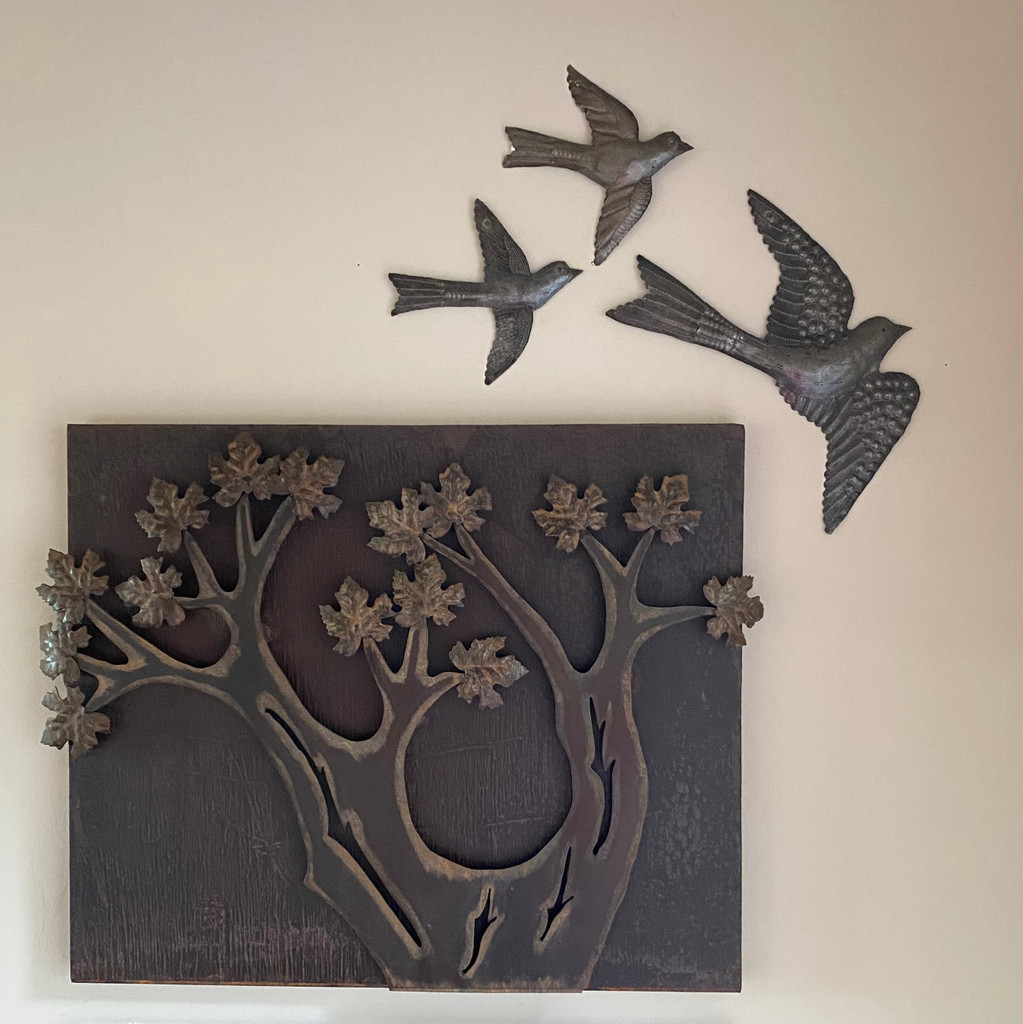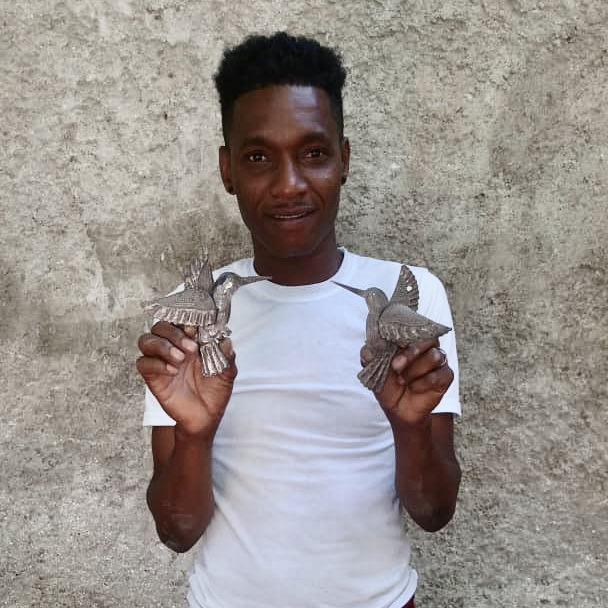How Do Birds Stay Safe in Storms - How Can You Help Them
I’m sitting here working on my desk which sits right in front of a window. So naturally, I constantly catch myself looking out the window and today, I see a storm coming in. The sky is gray, the clouds are heavy, there is light rain, and at a distance, a huge, loud rumble and a flash of light in the sky. A thunderstorm is approaching. I personally love it, my husband and cat... not so much. A few minutes pass and the thunder becomes louder and as I stare out to see if I can catch any glimpse of lightning, I see these three cute little birds flying away… and then I wonder, what do birds do in a thunderstorm? How do they stay safe? They tell us to stay away from trees, but don’t they seek shelter in trees?
So, what do I do? Naturally, I open a new page on my search engine go to google.com and type in “how do birds stay safe in thunderstorms and lightning”. The very first result, “How Birds Survive Devastating Storms – and How You Can Help Them”. Perfect! The first part, not so reassuring, and I quote, “stormy conditions wreak havoc on bird habitats, and there are many different ways storms cause problems for birds.” Not really what I wanted to read, but I continue. First of all, it states the issues that can happen, storms can knock down nests, destroy food crops, kill prey, destroy trees, change shorelines, flood valleys, impact bird’s migration by forcing early or late travel/alternative routes, and even directly killing birds. This isn’t fun… I really just wanted something to reassure me that the birds were mostly fine.
I scroll down a little more and I come up to what I actually wanted to find “How Birds Survive Harsh Storms”. Now this is the part that got really interesting. Despite all the negative effects a storm can have on birds, they do manage to survive. Here are some of my favorite ways.
They Sense the Storm: You know how they say the early bird gets the worm? Well in this case, the early bird survives the storm. Birds are created in a way that with their keen senses, they are aware of even the tiniest environmental changes. They don’t need the local weatherman to let them know what’s coming, they sense shifts in temperature, wind speed/direction, barometric pressure. When the shifts let them know a storm is coming, they take action, by leaving the area, seeking shelter, eating more, etc, and therefore stay safe.
They Eat Up: Before a storm, a bird knows it needs to fuel up. Fueling helps them have the energy to fly larger distances to leave the area or stay warm as the temperatures drop. So if you see birds feeding frantically in the hours before a storm hits, it's that they are fueling for the storm.
They Hang On: Have you ever seen a bird just hanging on to a branch or wire like its life depends on it? Well, it’s life may depend on it, but holding on is actually easy for them. Their natural resting position is to have their talons closed and locked. Their feet will only release if the bird uses its muscles. So even these harsh strong stormy winds, have nothing on a bird’s natural powerful grip.
They Get Out: As my three little bird friends that took me down this rabbit hole, some bird species will leave the area if poor weather approaches. This I’m familiar with. I live in Pennsylvania, and come February and our cold weather, many friends leave the area to sunny Florida, I guess it’s something they learned from the birds. Jokes aside, even a few miles of distance can make a huge difference in how severe a storm can be, and with their lovely wings they fly to safety.
Phew! This is great! Birds were created in a way that they are able to survive these conditions… nice! However, with all the environmental changes, a little help from us would never hurt! So, what can we do to help birds survive storms? Here are two things:
One: Have a backyard bird feeder with healthy, nutritious food. The stronger and healthier the birds are, the stronger and more resilient they will be to the negative impacts of weather. (Plus, you get to do some great bird watching as well!)
Two: Create sturdy shelter by providing good bird houses and roost boxes that protect against rain, winds, and snow.
Not hard at all! With a little bit of effort, we can help out the birds, and also make our home the birds favorite stop! And while we are at it, we can make our yard even more bird friendly, by adding handcrafted, eco-friendly, metal bird sculptures. Not only are these metal birds safe in any weather conditions, but with each purchase, you are also helping our Haitian artist partners. The more art that is purchased, the more orders we are able to place with our artists. Thanks to all your purchases, our Haitian artists are able to put food on their table, a shelter over their heads, send their kids to school, and much more. As always, all our metal art is Fair Trade Certified and you can rest assured that your purchase is directly helping the artist.
Well, the worst of our thunder storm passed and just like that, the birds are back. I will continue to work and take little breaks to watch them fly and sing… and on my free time, I’ll start looking at bird feeders and nutritious bird food!











